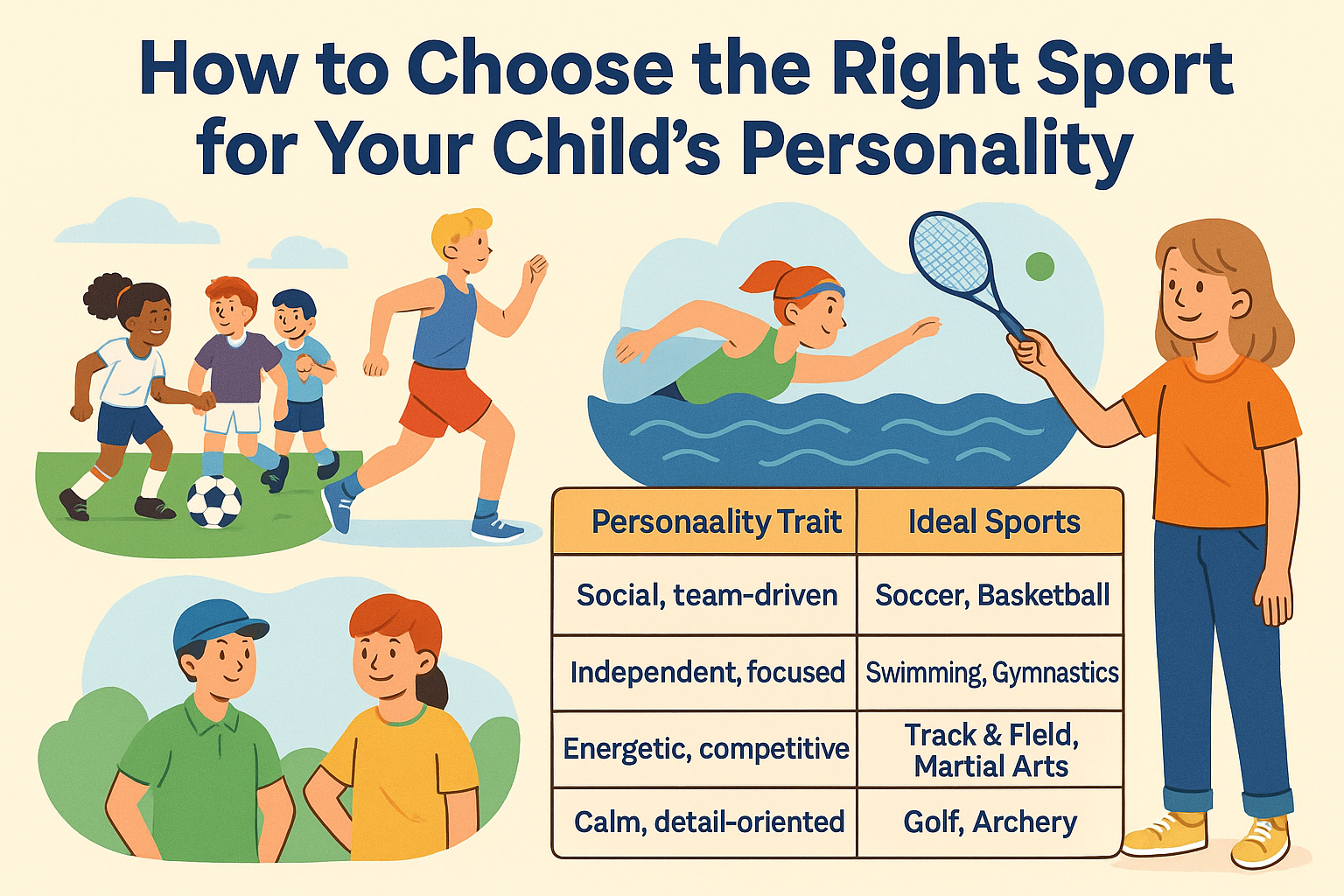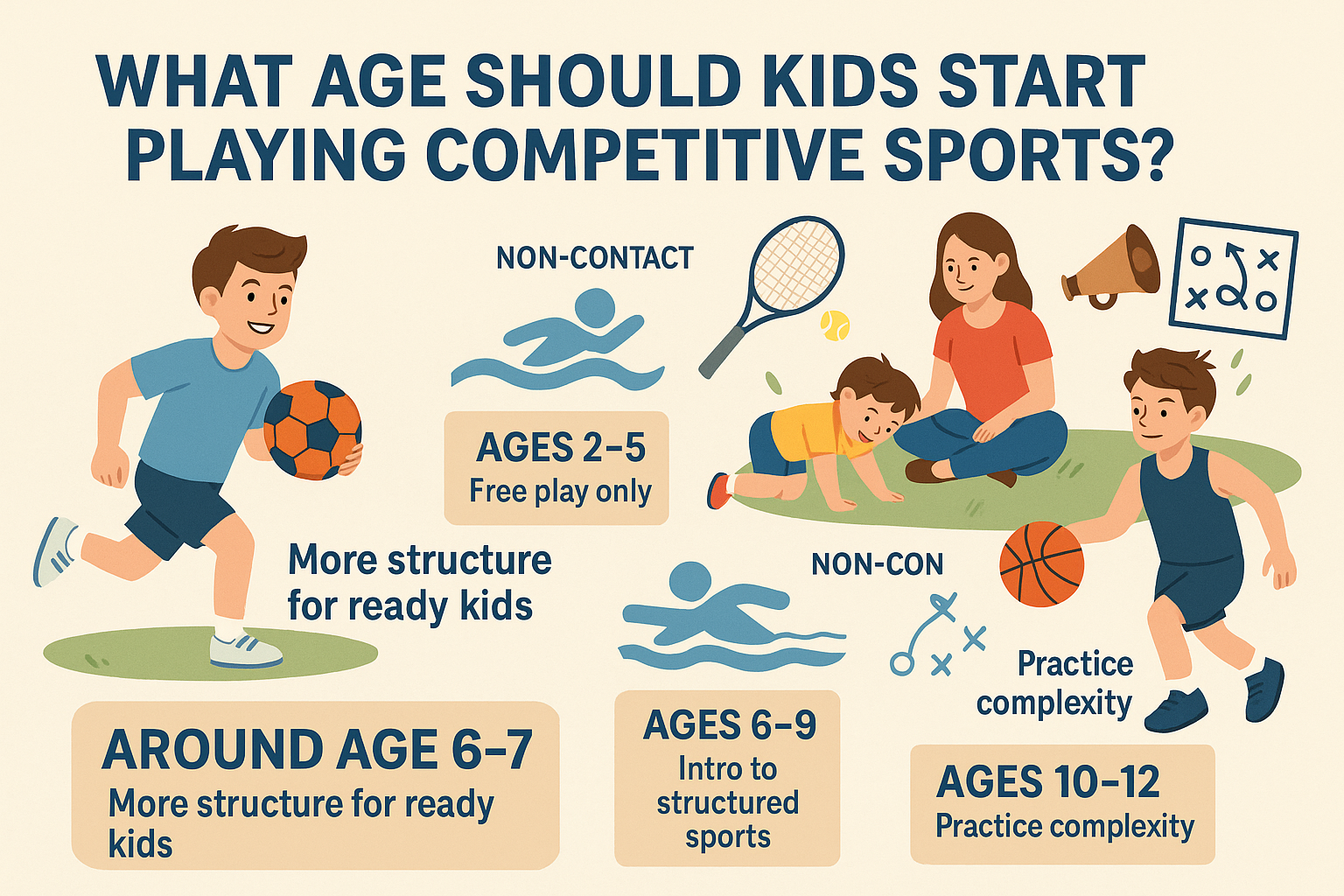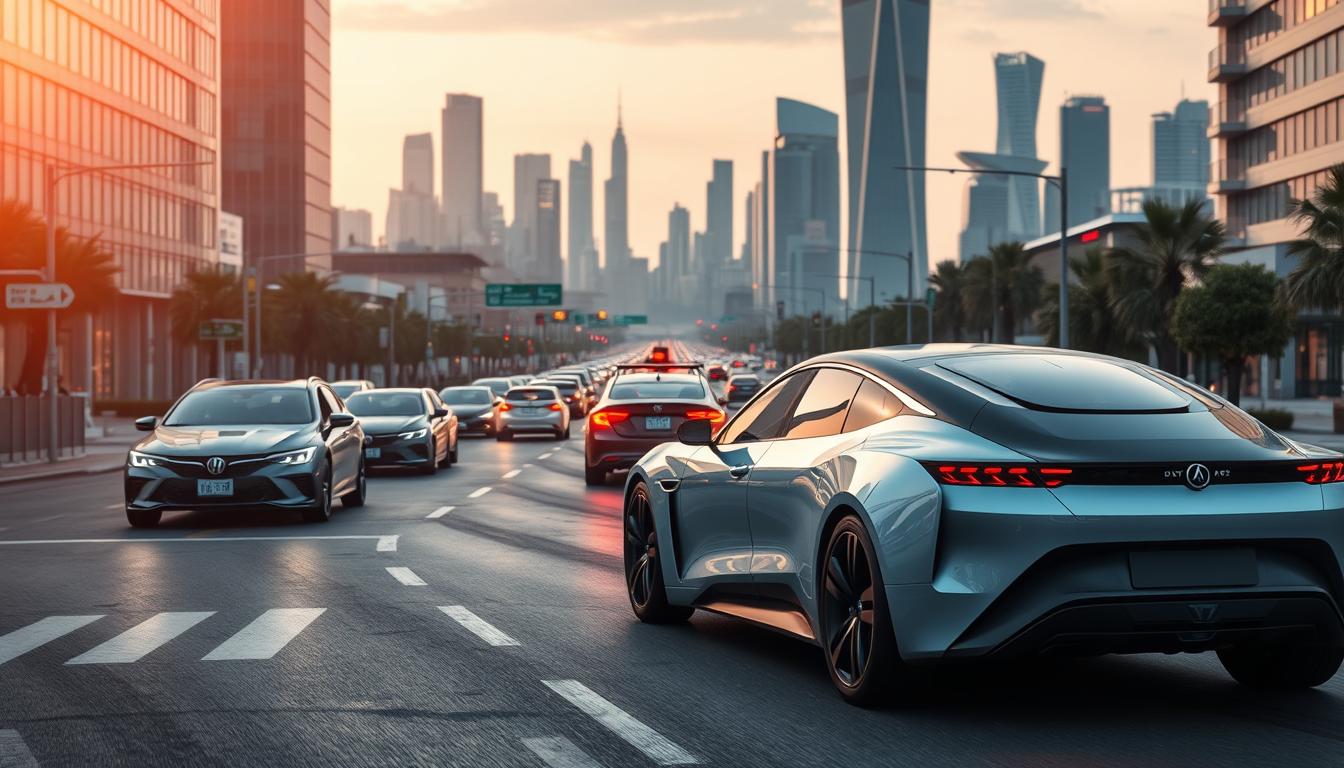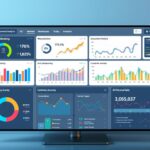Self-driving cars could cut traffic accidents by up to 90%, studies show. This is a big change thanks to new tech. It’s changing how we move from making things to driving them.
Today’s factories use smart systems to make things faster and better. Companies like Tesla and Ford use AI to spot problems right away. This cuts waste by more than 30% and makes cars safer.
Software 2.0 is changing how cars work. It lets them “learn” from lots of driving. This means cars can help you stay in your lane and even fix problems before they happen.
Data is key in making cars better. Sensors collect lots of info, like how the engine is doing. This info helps make electric cars last longer and gets parts to you faster.
This guide will show how smart systems are changing cars. It’s for anyone interested in the future of driving. Knowing about these changes is important for tomorrow’s roads.
Introduction: The Evolution of AI in the Automotive Landscape
Years ago, factories were very different. Workers did everything by hand, and checking quality was hard. Early robots were fast but not smart.
In the 2000s, things started to change. Toyota used smart algorithms to make cars better. The way parts were delivered also got a lot better, thanks to data.
Now, cars collect a lot of data. This lets them do things like help you stay safe on the road. Brands like Hyundai make cars that know your driving habits.
People want cars that are safe, not just fast. Over 60% of buyers want the latest safety features, says J.D. Power. This means cars are getting smarter and safer.
Intelligent tools are making cars do more. Next, we’ll see how these changes affect making and engineering cars.
Understanding the Automotive Supply Chain and Tier 1 Suppliers
Building cars today needs a team of experts. Companies like General Motors work with suppliers like Bosch and Magna International. They make sure cars have all the right parts.
Key Roles and Responsibilities
Tier 1 suppliers are key in making cars better. For example, Magna helped BMW make electric cars. They solve problems and meet deadlines.
Quality is very important. Suppliers use tools to check parts for tiny flaws. This helps avoid recalls and keeps production smooth.
From RFQ to Production
When Ford needed a new battery system, five suppliers competed. The winner made a system that was better and faster to make. This shows how competition drives improvement.
- RFQs outline technical specs, volume targets, and sustainability requirements
- Suppliers leverage simulation software to prototype solutions rapidly
- Partnerships like Toyota-Denso focus on shared data platforms for real-time adjustments
Today’s supply chains are all about being flexible. Machine learning helps predict when parts will run out. This combines old knowledge with new tech.
Leveraging AI in the Automotive Industry for Enhanced Manufacturing
Engineers no longer rely on old methods. New software can predict how things will work, saving time and money. This makes making cars faster and better.
From Static Code to Dynamic Learning
Software 2.0 changes how cars are made. It uses systems that get better over time with machine learning. For example, BMW cut down on aerodynamic tests by 70% with algorithms.
Real-time checks stop assembly line jams. Sensors catch tiny arm vibrations, starting maintenance early. This cuts downtime by 25% at places like Hyundai’s Alabama plant.
Key benefits include:
- Faster prototyping through predictive analytics
- 15-30% lower material waste
- Enhanced precision in welding and painting tasks
By combining sensor data with cloud-based solutions, makers get better efficiency. Cars hit the market faster, with fewer flaws and better performance.
The Emergence of Autonomous Driving and Self-Driving Cars
Imagine cars driving on their own, smoothly joining traffic. This dream drives Tesla and Waymo, whose cars read road data faster than humans. At the core is a mix of lidar, radar, and cameras working together.
Core Technologies Behind Autonomy
Modern self-driving tech has three main parts:
- 360-degree perception: Lidar maps out the area, while radar tracks object speeds up to 300 meters away
- Computer vision: Cameras read traffic signs and lane lines with 99.9% accuracy
- Decision engines: Algorithms predict where pedestrians will go and how to brake
Waymo’s fifth-generation Jaguar I-PACE spots cyclists 500 feet ahead with 29 cameras. These systems update 1,000 times per second, much faster than humans.
Enhancing Safety with Intelligent Systems
Tools like automatic emergency braking have cut rear-end crashes by 50% in Honda cars. Tesla’s Autopilot uses eight cameras to keep in lane, even in rain. Real-world data shows these features prevent 40% of accidents during highway merges.
Electric cars are key, as their quick torque lets them react fast to obstacles. BMW’s iX SUV has brake-by-wire systems that start faster than traditional brakes.
Now, 240,000 test miles are needed for approval, ensuring systems handle rare cases. As these techs get better, roads become safer for everyone.
Impact of AI on Quality Control and Predictive Maintenance
Modern factories find tiny defects faster than humans. At Mercedes-Benz plants, cameras and machine learning scan 500 welds per minute. They catch flaws 0.2mm wide, reducing recalls and keeping lines running.
Real-Time Diagnostics and Monitoring
Predictive maintenance tools look at vibrations, temperatures, and energy use to predict failures. GM’s Michigan plant cut unplanned downtime by 40% with sensors. These systems learn from data, getting better over time.
Key improvements include:
- 50% faster defect detection in paint shops using thermal imaging
- 30% lower maintenance costs through targeted part replacements
- 15% longer tool lifespan via optimized usage schedules
| Metric | Traditional Methods | AI-Driven Systems |
|---|---|---|
| Defect Detection Rate | 88% | 99.7% |
| Maintenance Response Time | 4 hours | 22 minutes |
| Annual Downtime Costs | $2.1M | $740K |
Real-time quality control boosts customer satisfaction. Hyundai’s Alabama plant cut warranty claims by 25% after using acoustic sensors. These sensors identify engine irregularities during final tests. As algorithms get smarter, factories will predict supply chain delays and adjust workflows on their own.
Optimizing Supply Chain and Data Analytics in Automotive Operations
Modern car production relies on streamlined logistics. Smart systems predict material needs weeks ahead. They analyze supplier timelines, weather, and consumer trends to optimize delivery routes.
This precision cuts down delays and keeps factories stocked without excess inventory. Toyota leads by using machine learning to forecast demand with 95% accuracy. Algorithms analyze sales data, regional preferences, and economic indicators to adjust production schedules.
One plant reduced storage costs by 20% after adopting real-time inventory tracking.
Key improvements include:
- 45% faster response to parts shortages using predictive alerts
- 15% lower warehousing expenses through just-in-time deliveries
- Unified data platforms that sync suppliers, factories, and dealers
| Metric | Traditional Methods | AI-Optimized Systems |
|---|---|---|
| Demand Forecast Accuracy | 68% | 92% |
| Inventory Costs | $4.2M | $2.8M |
| Lead Time | 14 days | 6 days |
Volvo’s cloud-based system reroutes shipments during port strikes, avoiding $3M monthly losses. Real-time data also helps engineers tweak designs based on material availability. This cuts development cycles by 18%.
These strategies transform how vehicles reach customers. Faster decision-making cuts costs while boosting output quality. As chains grow smarter, manufacturers deliver cutting-edge models quicker than ever.
Revolutionizing Product Design with Generative AI
Generative design tools are flipping traditional engineering workflows on their head. Engineers input parameters like weight limits and material specs. Algorithms then produce hundreds of design options in hours—options humans might never imagine.
Innovative Generative Design Methods
Take side mirrors, for example. One European automaker used these tools to create shapes that cut wind noise by 12%. The system tested 4,700 variations overnight, balancing aerodynamics with structural integrity. Teams then refined the top three concepts using real-world data from wind tunnels.
Integrating CAD, CAE and AI
Software like Autodesk Fusion 360 now blends CAD modeling with machine learning. Engineers set goals like “maximize cabin space” or “minimize drag.” The program iterates, learning from past projects to suggest bolder solutions. BMW reduced component weight by 35% using this approach while maintaining crash safety standards.
Key advantages include:
- 70% faster concept development cycles
- 15-20% material savings through optimized geometries
- Enhanced quality via simulations predicting stress points
Designers aren’t replaced—they’re empowered. One Ford team combined algorithm-generated chassis layouts with human insights on manufacturing feasibility. The result? A pickup frame that’s 8% lighter yet 14% stiffer. As these tools evolve, they’ll reshape how we experience transportation from sketchpad to showroom.
Case Study: Passenger Car Aerodynamics and Efficiency
A car’s shape silently battles air resistance at highway speeds, directly impacting fuel use and handling. Sleeker designs cut drag, while strategic curves boost downforce for stability. Balancing these factors determines how efficiently a vehicle performs across diverse driving conditions.
Reducing Drag and Enhancing Downforce
Advanced algorithms look at millions of airflow scenarios to improve body shapes. Toyota’s latest sedan cut drag by 12% thanks to machine learning. It tested different rooflines and rear sections to find designs that reduce turbulence.
This change boosted highway fuel economy by 8%. Downforce gains come from tweaks like rear diffusers and front splitters. Engineers test how these parts work at different speeds.
One sports car model got 15% better cornering grip without adding weight. This is key for better performance cars.
Optimizing Aeroacoustic Performance
Wind noise can ruin cabin comfort, a big issue in electric vehicles. Aeroacoustic simulations predict sound frequencies from air vortices. Hyundai’s SUV redesign cut interior noise by 30% using this method.
Teams adjusted mirror shapes and window seals based on data from virtual tests. Traditional CFD methods took weeks. Now, adaptive tools give results in hours.
Ford saved $2M per prototype by switching to these processes. The table below shows how much faster and cheaper they are:
| Metric | Traditional CFD | AI-Driven Tools |
|---|---|---|
| Simulation Time | 14 Days | 8 Hours |
| Cost per Test | $18K | $3K |
| Accuracy Rate | 89% | 97% |
These innovations blend design creativity with computational power. As manufacturing evolves, automakers make quieter, more efficient models faster. They meet both regulatory standards and consumer demands.
Innovative F1 Car Aerodynamics: Balancing Speed and Control
Formula 1 cars move at incredible speeds, where every curve is critical. Engineers aim to maximize downforce for cornering grip while reducing drag on straights. Strict rules limit wing and floor designs to ensure safety and fairness.
Technical Challenges and Regulatory Constraints
Modern F1 models create over 5,000 pounds of downforce—enough to drive upside down. But rules limit how teams achieve this. The FIA bans movable aerodynamic parts, forcing static designs that work on different tracks.
For example, Monaco’s tight corners need high downforce, while Monza requires sleek, low-drag designs.
AI-Driven Simulation Benefits
Traditional CFD simulations took weeks to analyze airflow patterns. Now, machine intelligence processes 50 million data points in hours. Mercedes-AMG Petronas reduced front wing testing cycles by 80% using these systems.
Key advantages include:
- Real-time adjustments during wind tunnel sessions
- Predictive modeling of turbulent air interactions
- Instant compliance checks against 200+ technical rules
Red Bull Racing’s 2023 updates used neural networks to optimize rear diffuser shapes. The result? A 12% improvement in straight-line speed without sacrificing cornering control. As technology evolves, these tools redefine how cars are engineered for peak performance.
Enhancing HVAC Simulation and Energy Efficiency with AI
Climate control systems shape passenger experiences, balancing cabin temperatures while saving energy. Advanced simulations now tackle this complex task using adaptive algorithms. These tools help engineers craft systems that keep occupants comfortable without sacrificing vehicle range.
Fast Thermal and Flow Predictions
Old thermal modeling took days to figure out cabin heat. Now, systems check 50,000 scenarios an hour. This helps place vents for the best airflow. Ford cut HVAC tests by 65% and saved $1.2M a year.
Real-time data from sensors makes predictions better. BMW’s new electric SUV uses weather updates to warm seats. This cuts energy use by 18% in winter. It also finds hot spots in batteries to avoid overheating.
Data-Driven Design Optimization
Machine learning shapes parts for better efficiency. A supplier made blower motors 22% quieter with new designs. The algorithm tested 3,700 blade setups in 48 hours, a task that used to take six months.
| Metric | Legacy Methods | AI Solutions |
|---|---|---|
| Simulation Time | 14 Days | 4 Hours |
| Energy Savings | 8% | 19% |
| Defect Rate | 1.2% | 0.3% |
Predictive maintenance is also a win. Sensors track filter wear, warning drivers before airflow drops. This extends HVAC life by 40% in Volvo’s tests. As processes get smarter, so does climate control, leading to greener cars.
Advances in Driver Assistance and Safety Systems
Car safety has grown from just seatbelts to systems that see danger before we do. Advanced driver assistance (ADAS) uses sensors, cameras, and machine learning to prevent crashes. These tools analyze road conditions faster than humans, protecting vehicles.
Evolution of ADAS and Preventative Features
Early systems like anti-lock brakes just reacted to skids. Now, ADAS technology predicts dangers with real-time data. Subaru’s EyeSight tracks driver alertness and vibrates seats if needed. Honda’s cars adjust steering to keep on course, reducing crashes by 31%.
Key milestones include:
- Automatic braking stops vehicles 1.2 seconds faster than humans
- Adaptive cruise control keeps safe gaps in traffic
- Blind-spot alerts detect cyclists 20 feet away
Real-World Impact on Road Safety
Accident rates fall when systems act early. Tesla’s tools cut side-impact crashes by 45% by spotting crossing traffic. Volvo’s data shows automatic braking cuts rear-end crashes by 50% in cities.
| Feature | Accident Reduction | Response Time |
|---|---|---|
| Automatic Braking | 38% | 0.8 seconds |
| Lane Assistance | 27% | Continuous |
| Drowsiness Alerts | 19% | Instant |
Personalization makes these systems even better. BMW’s driver profiles adjust steering based on habits. As processes get better, we get safer roads and better driving experiences.
Emerging Trends and Future Opportunities in AI-Driven Automotive Solutions
The auto world is moving fast toward smarter, greener cars. By 2030, AI could add $600 billion to the market. Rivian and Lucid Motors use machine learning to improve battery life, cutting charging times by 20%.
Market Growth and Sustainable Innovations
Electric vehicles are leading the way in eco-friendly solutions. Ford’s AI recycling program can reuse 95% of battery materials, cutting down on mining. This effort is backed by real-time data from connected cars, helping cities plan better charging networks.
This mix of technology and green practices is drawing in investors. In 2023, EV startups got $28 billion in funding alone.
The Role of Customer Data Platforms in Personalization
Today, drivers want services that fit their needs. BMW’s platform looks at how you drive to suggest the best maintenance and routes. Dealerships use this data to offer upgrades, increasing loyalty by 33%.
Machine learning also makes car interfaces smarter. It adjusts things like seat settings and music playlists based on your preferences.
As these algorithms get better, they’ll make things even more efficient. They could cut factory energy use by 40% and reduce warranty claims by finding problems early. This blend of innovation and responsibility is changing how we make and use cars.
Conclusion
Intelligent systems have changed how we make and use cars. This guide showed how machine learning improves supply chain management, quality control, and self-driving features. Companies like Tesla and BMW are leading the way with these advancements.
Customer needs are driving innovation. Personalized tools and predictive maintenance are creating better experiences. Data from millions of miles traveled helps make smarter design choices, like Hyundai’s noise reduction and Ford’s aerodynamics.
Companies need to keep up with changing technology to stay ahead. As electric vehicles become more popular, combining sustainability with smart production will be key to success. The future requires constant learning and improvement.
Discover how these strategies are changing driving experiences and setting new industry standards. The future is for those who use data to its fullest.














